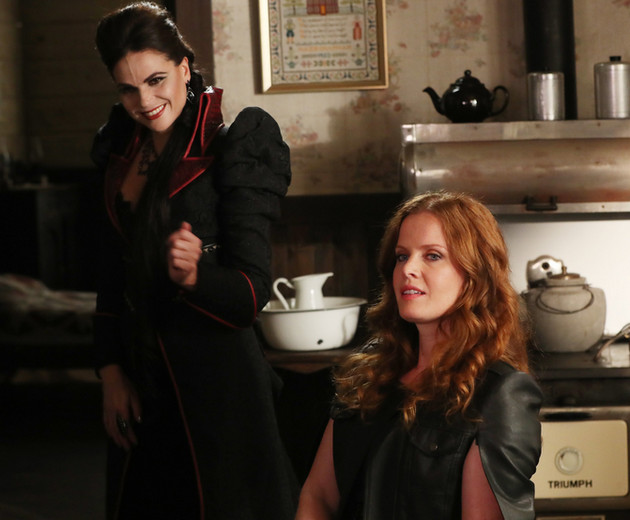

Clearly, the signs screaming ‘‘YOU HAVE BEEN WARNED’’ look both out and in the ‘‘DRAGON’S TEETH’’ bite both friend and foe. While she is enclosed in her house, these workers could be buried alive in a collapsed mine, ‘‘interred there in the most profound of tombs.’’ When thieves break into a neighbor’s house, it is the housemaid who is ‘‘tied up and shut in a cupboard.’’ The narrator is less interested in demonstrating the horrors of apartheid than she is in showing the similarities between oppressed and oppressor. She compares her heart’s irregular beating to ‘‘the last muffled flourishes on one of the wooden xylophones’’ of the migrant mine workers who might have perished in the geologic event that caused her house to shake. It is no stretch to see that the husband and wife-and even the pet cat-also become entrapped behind the ‘‘prison architecture’’ and ‘‘concentration-camp style’’ of their security devices their world becomes smaller and smaller as their walls grow higher.īut the narrator emphasizes as well the limitations imposed by apartheid on South Africa’s black population. The sound she heard was ‘‘an epicentre of stress’’ and, she says, ‘‘I was in it.’’ Even the language she uses to describe the sleep that eludes her (‘‘I couldn’t find a position in which my mind would let go of my body-release me to sleep’’) suggests entrapment.

Next, she describes her heart beating furiously ‘‘against its body-cage,’’ before turning to an extended description of ‘‘the house that surrounds’’ her, built on unsteady ground. First, she describes her subconscious as an ‘‘echo-chamber,’’ or an enclosure that distorts. The narrator feels, at this moment, free, but soon her imagery suggests the opposite. In the first paragraph of the story, the narrator tells that she has been invited to contribute to an anthology, and that the editor has suggested that ‘‘every writer ought to write at least one story for children.’’ The narrator imagines herself telling him, ‘‘I don’t accept that I ‘ought’ to write anything.’’ Immediately, readers of Gordimer’s work are alert to her emphasis on the word ‘‘ought,’’ because so much of her work has dealt with apartheid and the questions of whether one has the agency to make choices regarding one’s own life. More precisely, the narrator suggests small ways in which the white members of this society are more similar than they might imagine to the blacks they desperately want to see as different. As different and isolated as the groups are from each other, the narrator uses small details in the story to draw connections between them.
ONCE UPON A TIME GUARDASERIE SKIN
In the story’s South Africa during the last years of the racial segregation policy known as apartheid, the differences between the groups are emphasized because it is one difference-the difference in skin color-that determines where one lives, works, and receives medical care and education.

At the heart of Gordimer’s ‘‘Once Upon a Time’’ are two groups of people: the whites who live ‘‘in a suburb, in a city,’’ and the ‘‘people of another colour’’ who live elsewhere.


 0 kommentar(er)
0 kommentar(er)
